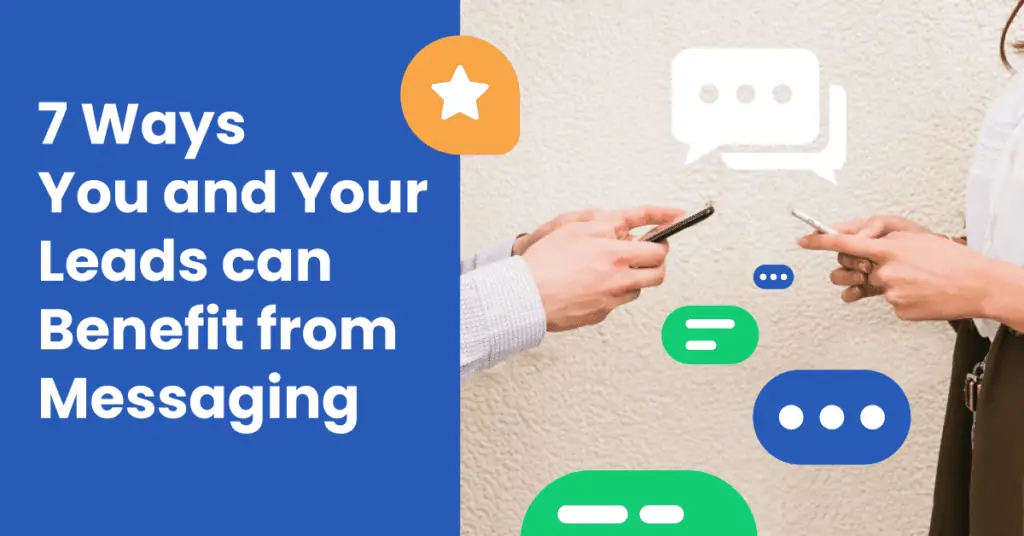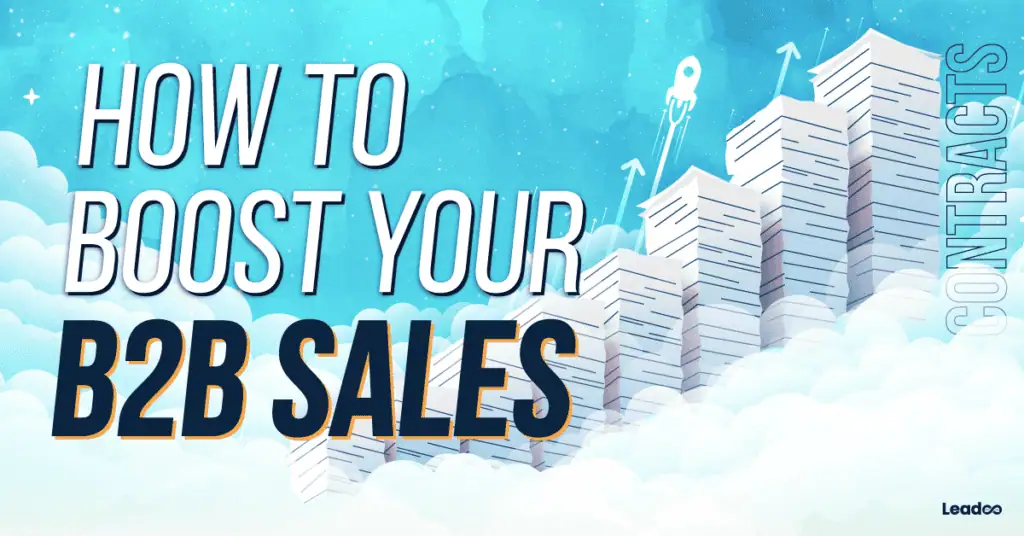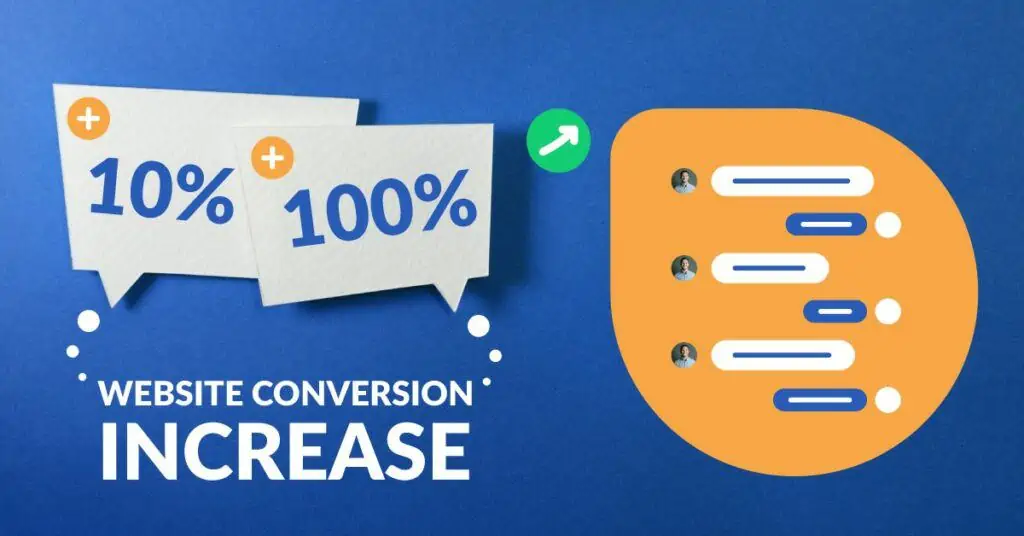Content was always the king, clickbait is the new queen, and content that actually converts is the newly appointed, well-trusted advisor that keeps the royal family in check. If you take nothing else away from this article, know this – ultra-converting content is what makes your audience trust you and want to do business with you again.
It’s not about the quantity of content provided but the quality and value that content brings. Your prospects don’t care how much content you can produce or how many blog posts you have on your site – they care about whether they can trust you and whether your content (and your product) solves a problem they have. This means that creating content that converts isn’t just a nice-to-have but an essential part of any digital marketing strategy.
Let’s take a look at some of the best practices for creating content that converts:
1. Create content that’s audience-centric
Your first task when considering what content you should create is to understand your audience. You can do this a few ways:
✅ Consider using surveys and polls to get direct feedback from people who visit your site. The more you know about each visitor and their interaction with each piece of content and their individual levels of intent, the better content you can create to meet their needs. This can be easily achieved using Leadoo’s VisualBot in quiz format, as shown below:
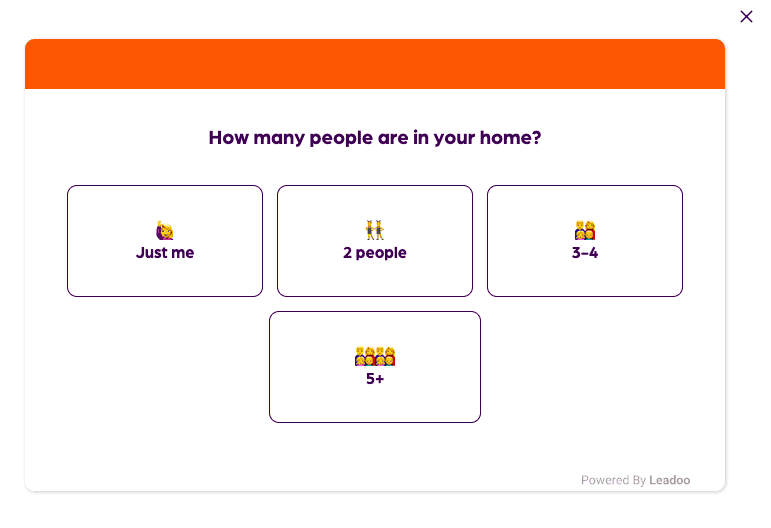
✅ Keep track of which content gets the most views and shares. You can do this by using Google Analytics to look at your each page, the number of views, average time spent on page, and your bounce rate. This provides insight into your customers interests, and means you can create more of the content they have shown interest in, making them more likely to convert in the future.
✅ Use data from your analytics software to see which content gets the most engagement. You can again use Google Analytics for this, but it will only give you the interactivity with the page overall and not any interactive elements that are on it. Using a more specialist software, like Leadoo Conversion Platform, allows you to see the interactions with interactive elements on a deeper level, such as through the use of heat mapping to show which specific conversation pathways convert visitors, and which need editing to improve their bounce rate.
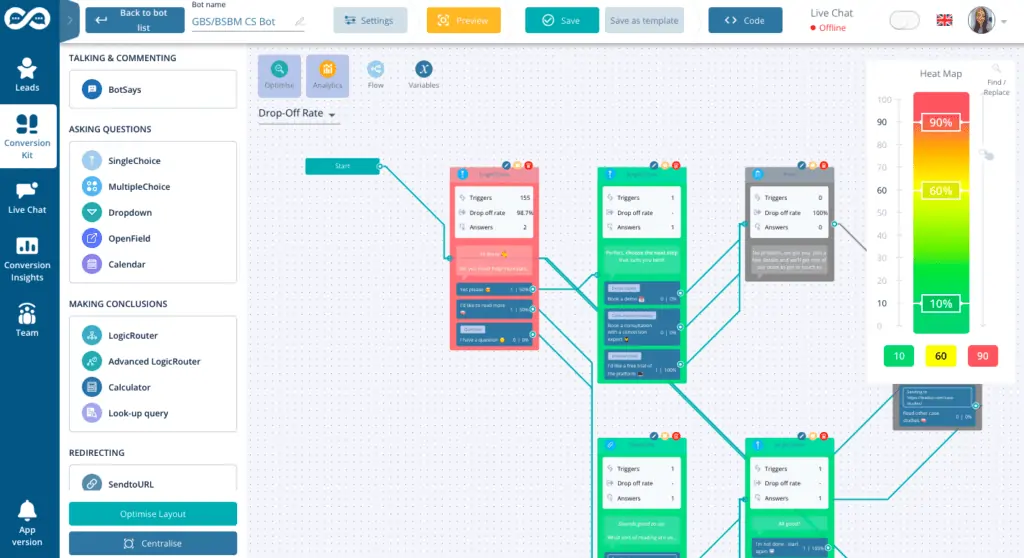
2. Use images and video to capture the audience’s attention
Visual content is proven to be almost 40% more likely to be shared than plain text, and most of us spend enough time on TikTok and Instagram these days to know that there’s something about visual imagery that seems to speak to our soul. We find it much easier to digest and accept information that’s presented in an easy-to-read and visually stimulating way, than one that’s presented in a flat, static format.
You can of course use images carefully to break up your content and make it easy to read, creating a flow that keeps your readers’ attention. You could also embed video content, tailored to specific customer preferences. Bear in mind that the format of your video could impact its performance. For instance, a tool like VEED’s video converter can help you manoeuvre different video formats like AVI, MKV, and WAV with ease, allowing for optimal video performance.
It’s not anecdotal either; according to a study by Hubspot, the average person will spend 88% more time on a website that has video content. What’s more, 94% of marketers say that including video in their marketing efforts has improved their overall ROI. Social media channels are increasingly focusing on video content, with LinkedIn being the latest algorithm to prioritise video content over text. Your visuals don’t have to be bells-and-whistles or massively complicated either – you can create some simple visuals using a tool like Canva. You can also use things like GIFs or memes to make your point. Just make sure that the message is clear and easy to understand.
3. Clear and relevant Call to Actions
Your calls to action should be clear and concise, and littered in places that make sense for the visitor’s journey as they navigate your site. If they are reading a blog, then you might offer them the option to read more (and hopefully start to move down the buying funnel); if they’re spending long periods on your product pages, but haven’t filled out your 30 page contact form, then they probably need something a bit simpler in order to convert. Nobody wants to fill out a 30 page contact form, no matter how much they want your product.
How many CTAs you use, and their phrasing, will be somewhat determined by the type of content that your visitor is engaging with, and where in the funnel that visitor is – a visitor who signs up to your informative marketing newsletter is probably not as far down the funnel as someone who’s looking to book a demo, and your CTAs need to be reflective of this.
For example; if your content is a blog post, include a CTA in the article; if your content is a video, make sure you include a CTA in the description; if your content is a podcast, make sure you include a CTA at the beginning and end of the episode. Think carefully about where in the funnel the consumers of your content are, and provide them a CTA that is relevant to them.
4. Make use of interactive elements
Interactive elements are a great way to not only keep your readers engaged, but they’re also a good way to show off your expertise. They can take the form of quizzes, polls, calculators, or a simple contextual conversation about whatever the visitor is reading or looking for.
Leadoo Conversion Platform has the perfect toolkit for you to provide all the interactive elements your site needs to make it extra converting – and the analytics to enable you to monitor, and optimise for, conversions. The Conversion Kit contains an array of bots. But they’re not just any old chatbots – there’s different solutions for a whole host of use cases: InpageBot is designed to slide seamlessly into your content, so sneaky that nobody even notices it’s a chatbot, but always in the right place at the right time nonetheless; Chatbot, in the traditional format you know and love but with much improved capabilities; VisualBot, for when you want to include visuals as part of your bot and really engage the visitor; as well as SmartForms, LiveChat capabilities, Callback CTA, and the newest addition to the kit – the Leadoo Sales Assistant.
⚠️ Something to consider
We must add a caveat when recommending interactive elements as a way to improve conversion – it’s really important that you consider the ‘heaviness’ of interactive elements and the impact this could have on your rankings on Google. If you implement interactive elements which slow down your page load speed, Google will lower your page’s ranking. Leadoo’s solutions are all designed to be lightweight and have little to no impact on page speed. You can find out more on our Leadoo and Page Speed/SEO blog article.
Key Takeaway
Ultra-converting content isn’t something you can create overnight. It requires well written, relevant content, interactive elements, and solid calls to action to increase the number of conversions you get across your website. Get it right though, and your sales team will love you forever.
Need some sales team love like you never needed love before? We can help with conversions baby… get in touch, or chat to the bot below 👇
